Many digital nomads live abroad for their remote work. However, we were intrigued when Cody Slingerland approached us with his comprehensive guide about how he lived as a digital nomad while still living in his home country – the USA. Most remote workers head to popular digital nomad destinations like Southeast Asia or Mexico, but you don’t need to leave the country to enjoy the digital nomad lifestyle. All you need is a reliable internet connection to work from anywhere. In this guide, Cody breaks down his costs, inspiration and lessons learned from being a digital nomad for the past two years.
Table of Contents
I Spent The Past Two Years Living As A Digital Nomad
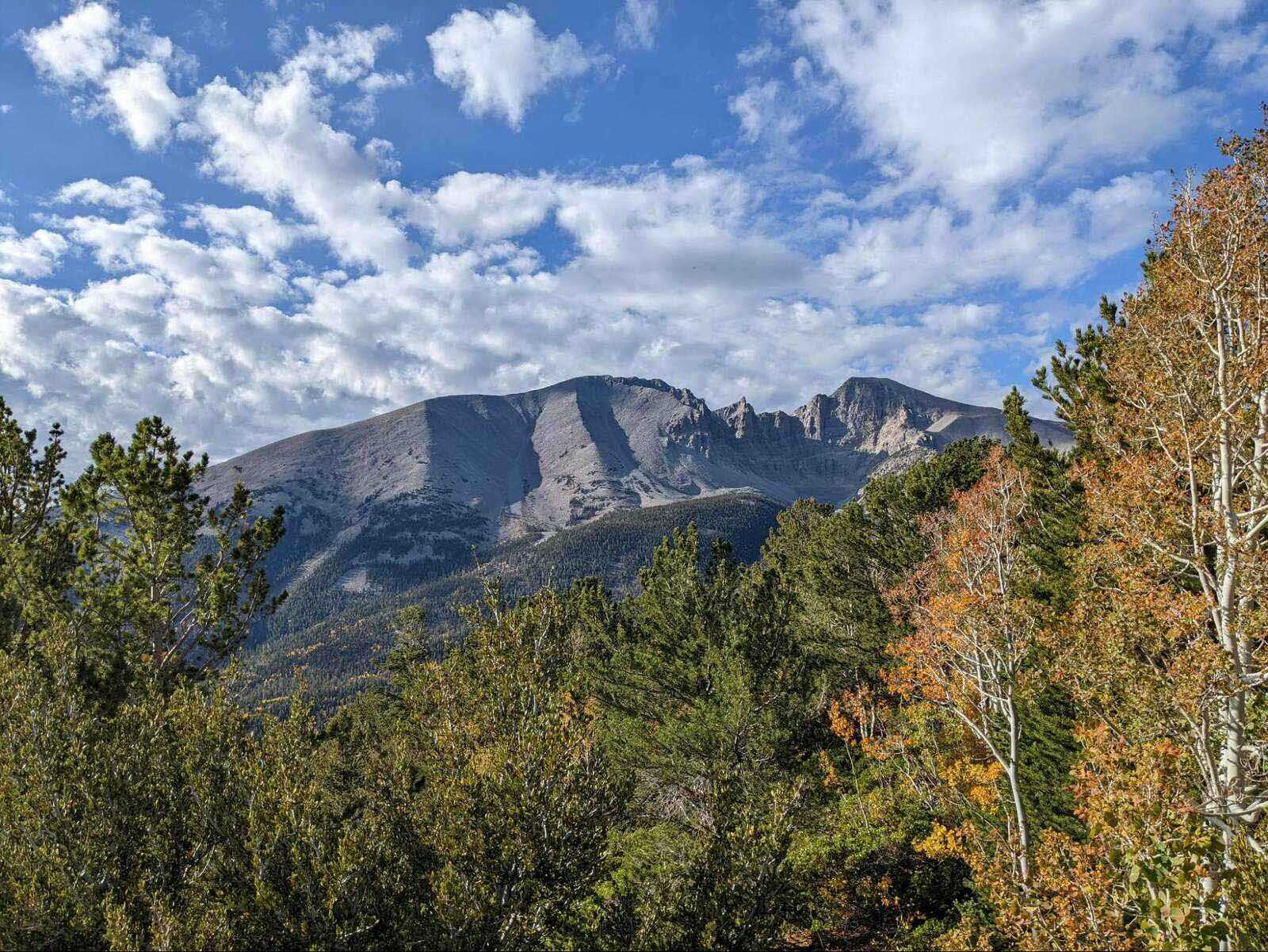
In 2022, I decided to move out of my place, sell as much as possible, and travel around the U.S. to become a digital nomad — all without a converted cargo van or RV (like many travelers do). I wasn’t sure how it would work — or if I’d even like it. Two years later, I can confidently say that I’m happy with my decision. I’m not locked into a 30-year mortgage or tied down to a long-term rental agreement. I can go anywhere I want, when I want, and that is an incredibly freeing feeling.
How To Become a Digital Nomad
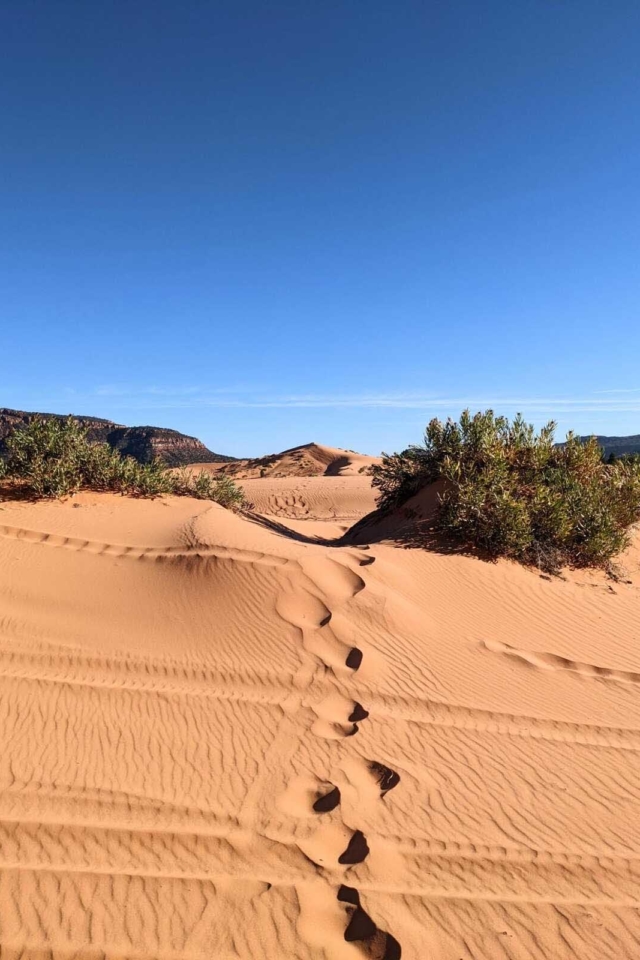
After living in North Carolina for over five years, I hit a breaking point. I always wanted to travel, but I always seemed to put it off. So, I decided to make a change and go without a permanent home. I decided to become a digital nomad.
Yet, as amazing as the past two years have been, they haven’t been without their challenges and drawbacks. That said, I wrote this blog post to summarize my journey and serve as a guide for anyone wondering how to live the digital nomad lifestyle or considering working remotely.
I am going to share how I made the switch, how I got rid of all my stuff, where I stayed, how I got around, and everything else that makes up the past two years of my life spent living in a constant state of motion.
Why Did I Decide To Live A Traveling Lifestyle?
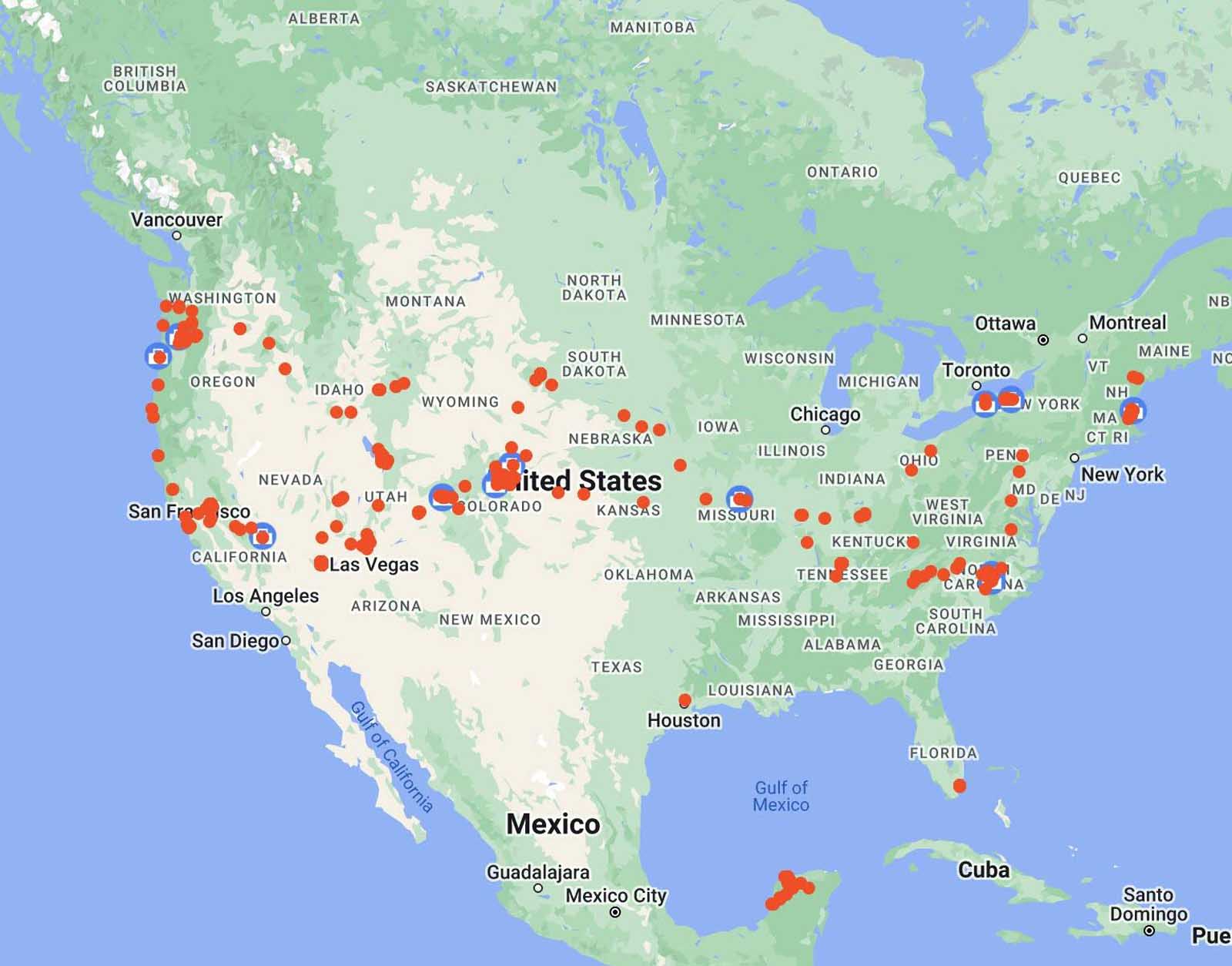
For years, I fantasized about traveling around the country and living a nomadic lifestyle. I considered buying a teardrop trailer and living in it for extended periods. I considered buying a pickup truck and a travel trailer and driving around the country. I even considered building a tiny home on wheels and using that as my location-independent home.
But these were all daydreams. Part of me wanted to wait until I met someone to travel with — and to experience this lifestyle together (which has yet to happen, #datingfail). Part of me was concerned about the cost, and how I would pay for travel, where I’d stay, and so on. And part of me was, I think, just scared to take the plunge.
Whatever the reason was, I put it off, and it never happened. It was always something “I’d get to.”
If Not Now, When?
But life is fleeting — and you never know what might happen, when you’ll be in good health, and what opportunities will arise — or come to an end.
At the age of 31, after living with a friend in Mexico for six weeks in the Spring of 2022, I got a taste of what this nomadic lifestyle could be like. It was an exciting and refreshing feeling after five years of living in the same city.
I was in good health, had a well-paying, stable, remote-friendly job, and I wasn’t locked into a mortgage or long-term lease. So when I got back from that trip, I finally decided to take that plunge — get rid of my stuff, move out of my place, embrace the digital nomad lifestyle, and travel around the country.
Digital Nomadism – Embrace Minimalism
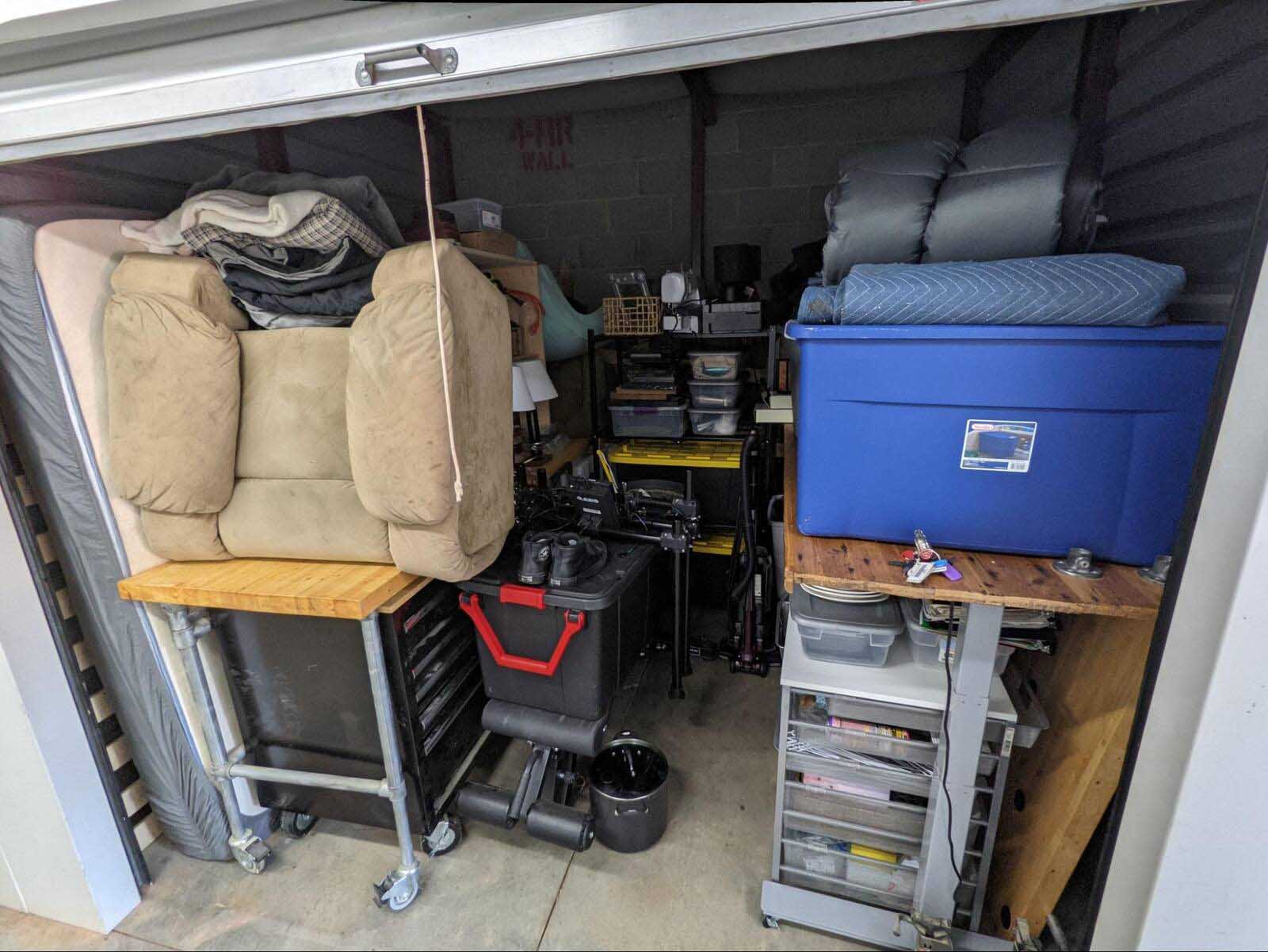
I gave myself just one month to get rid of my place and sell all of my worldly possessions. Conveniently, moving out of the townhouse I lived in wasn’t much of a challenge. I was renting month-to-month (at no added cost compared to my previous lease agreement!), so I just needed to give my landlord a 30-day notice that I was leaving.
On the other hand, getting rid of all the crap I accumulated after living in that rental for over four years proved to be … a bit more complicated. I listed everything on Craigslist, Facebook Marketplace, and OfferUp — and then proceeded to sell as much as possible in 30 days.
Even still, I couldn’t sell everything and was running out of time — and I wasn’t going to extend my one-month deadline no matter how much others tried to convince me. I was leaving after one month, and that was that.
So I shopped around for storage units and found a 10’x10’ unit to store all my stuff. This storage unit started at $100/month and increased to $116/month midway through the year. I spent over $1,200 for the year to keep my stuff there.
In hindsight, I wish I had gotten rid of more, so I didn’t need this storage unit. But I ran out of time, and there were a few things I wanted to keep, anyway, that couldn’t be replaced
Setting up Residency to Work Remotely
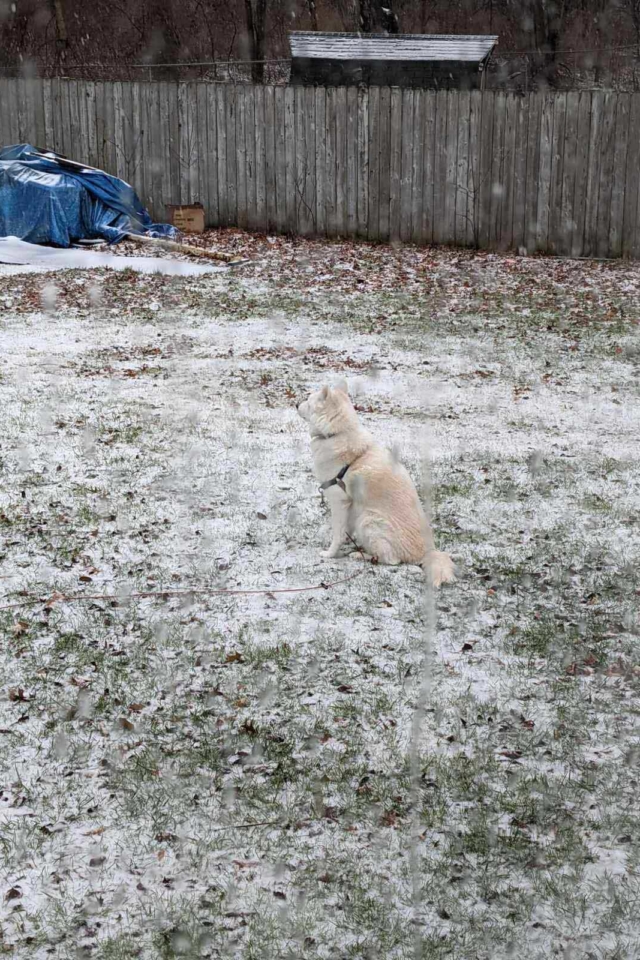
With all my stuff sold or stored, it was time to move on! There was just one problem with my decision to sell everything and run an online business. What would I do about residency? And where would I get my mail?!
Fortunately, South Dakota makes it easy for travelers to set up their residency and is a great option for remote workers to make it their home base — all while having no state income tax.
I won’t dive deep into the details, but this blog post explains the process if you want to learn more. Here are the highlights of how setting up a residency in South Dakota Works. It takes less than 24 hours!
- Step 1: Get a virtual mailbox with a physical address. This is where you’ll receive all of your mail (several services in South Dakota offer this service and scan and store your mail). It will also be the address listed on your license.
- Step 2: Stay at a South Dakota campground or hotel for one night, then get a receipt that shows that you stayed there (with your new South Dakota address on the receipt).
- Step 3: Take the receipt from your hotel or campground stay, as well as a piece of mail or something that shows your new South Dakota address, and go to the DMV to get your new license. As of writing this article, the fee to get a driver’s license is under $30. Once you have your new license, you can also order South Dakota license plates (for an additional fee).
Pros of Being a South Dakota Resident When You Work Online
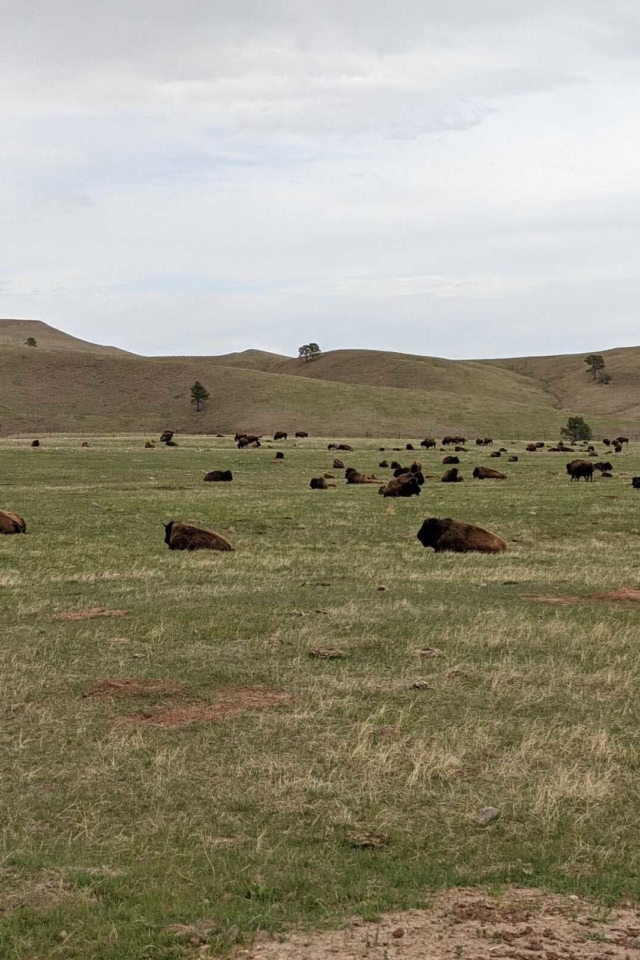
If you’re living a traveling lifestyle, you’ll need an address somewhere, and South Dakota makes it easy to set up residency. South Dakota has no state income tax. This saves me thousands of dollars per year compared to North Carolina’s 5.25% state income tax where I was living previously.
There are also no state vehicle inspections. So you won’t have to return to the state every year to get your car inspected.
Setting up this type of residency is generally meant for people who travel often and don’t have another state where they live full-time, making it perfect for digital nomads. For instance, you can’t set up your residency in South Dakota and then live in your house in New York full-time while paying no state income tax.
Travelers can set up residency in several other states (including Texas and Florida). Still, South Dakota seemed like the best option for ease of setup and the above benefits.
Rapid City, South Dakota
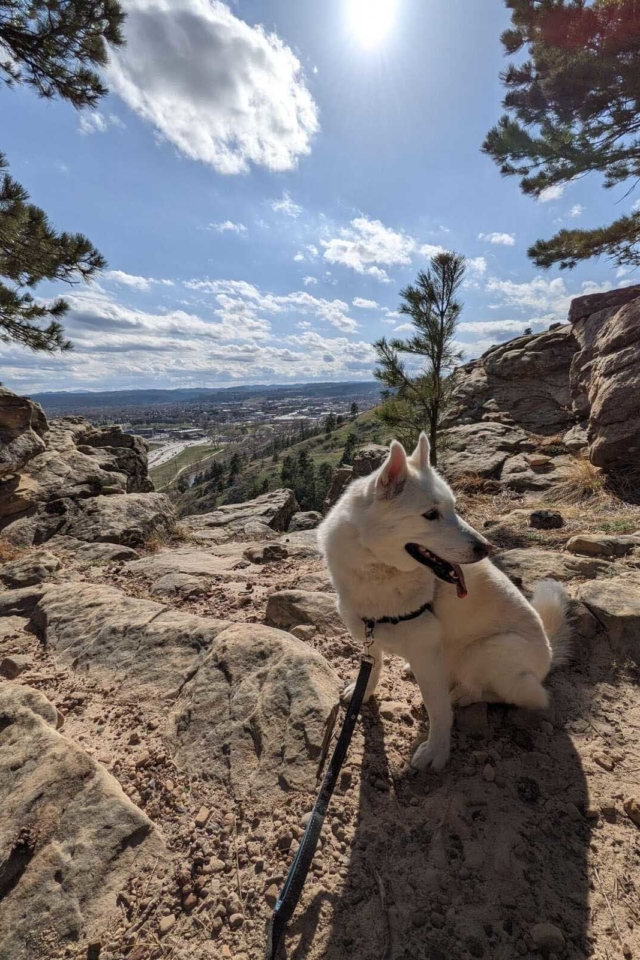
After driving over 23 hours from North Carolina, I started in Rapid City, South Dakota for a week. I used that time to set up my residency and check out the surrounding areas of Rapid City (like the Badlands National Park). Read more: Things to do in South Dakota.
Where To Stay When Working as a Digital Nomad
The traditional way digital nomads travel (or at least the way you’ve likely seen most often on YouTube or Instagram) of how digital nomads live is by van or RV. You can read all about that here: 10 Things You Need to Know Before Living in a Campervan and here: How to Live In An RV on $2000 Per Month.
However, I decided to pass on the converted cargo van and RV route. Here’s why.
Room for my dog
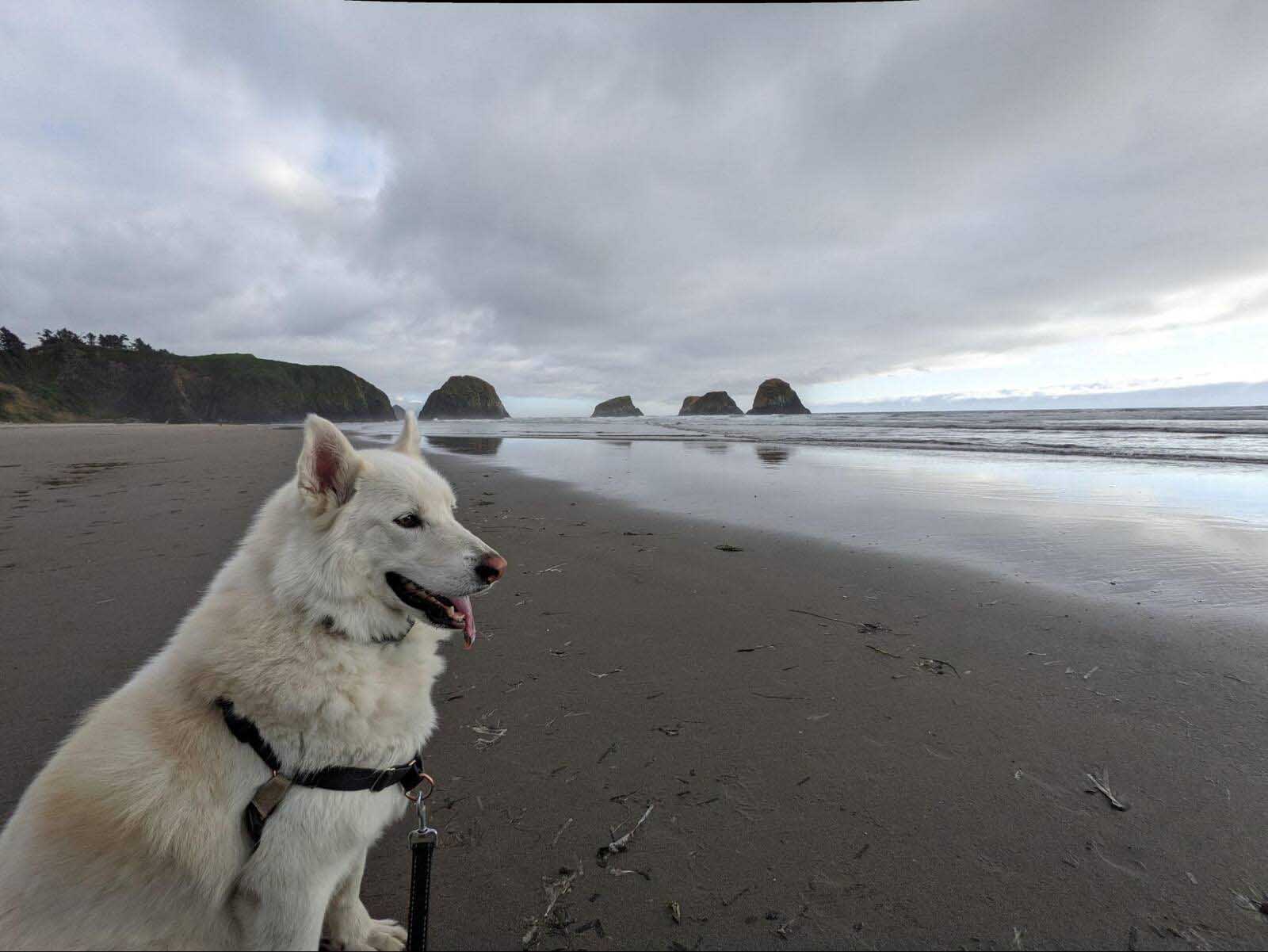
My biggest issue with traveling in a van or travel trailer was having space for my dog. I have a 65 LB, white German Shepherd-Husky mix. He’s a super chill dog (especially for a husky), but he’s big, and he sheds A LOT.
Like a converted cargo van, being in a cramped space felt too difficult having a large, shedding dog. There would be little to no space for us to move around.
I also “work from home” and would need to work from the van/trailer (at least at times), which could make the space feel even smaller after months of travel. Leaving my dog in a van or trailer for long periods also felt like it could pose an issue.
Room for my head

The second issue is that I’m super tall. I’m 6’5”. Most converted cargo vans don’t have enough room for me to stand up fully, and even the ones that do, only have a few inches of headroom. This is also an issue in travel trailers, with the internal height of many capping out around 6’6” to 6’8”.
However, some trailers have ceilings taller than 6’8” (typically more expensive fifth-wheel trailers or toy hauler trailers).
Outside of cost, having a taller trailer could present issues while traveling, such as needing to be aware of low bridges/overpasses — and needing a bigger truck to tow it.
Cost of Transportation – What Nobody Tells You
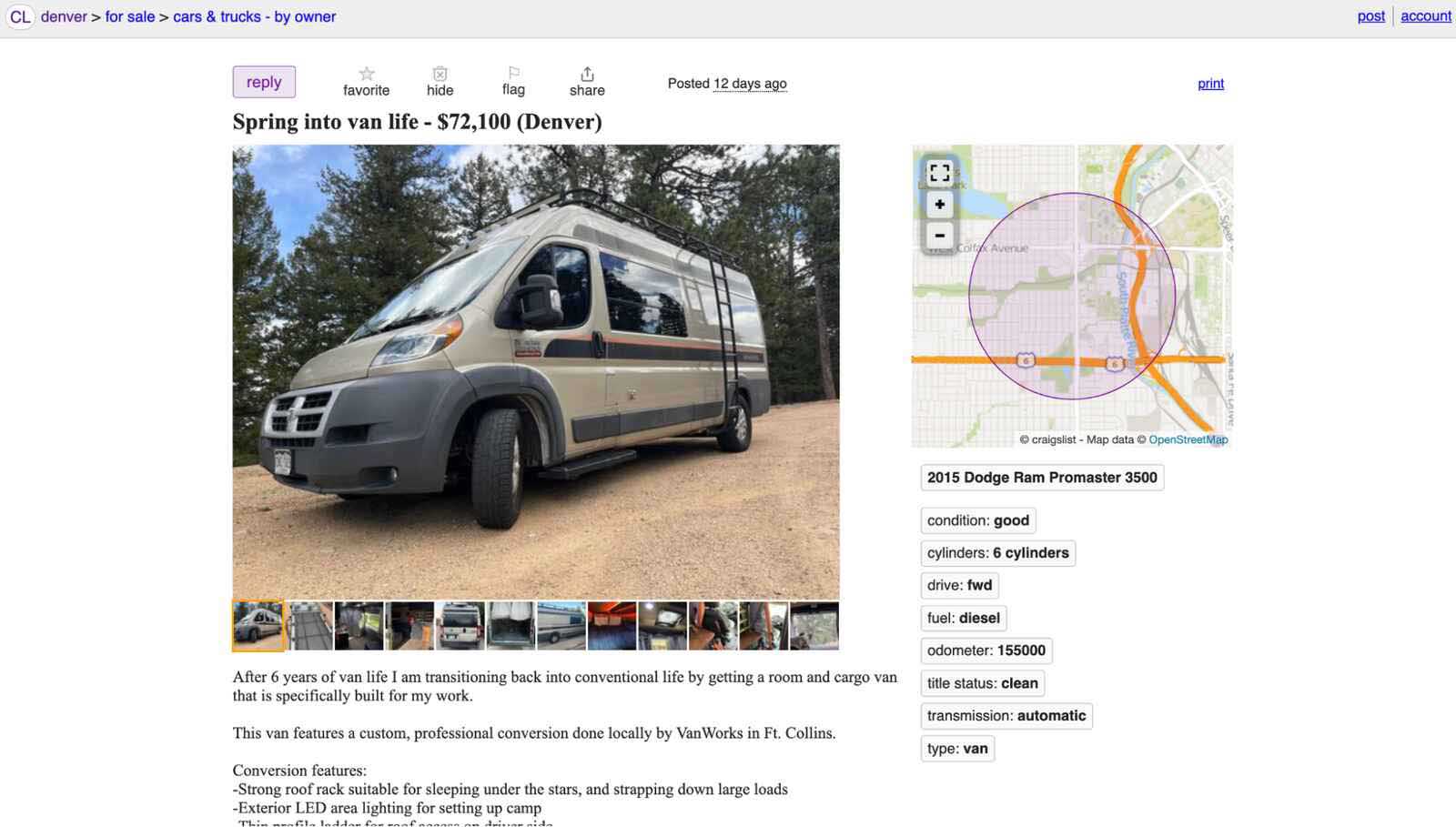
Upfront cost was another big issue. Travel trailers aren’t cheap, and often require a large pickup truck to tow. I have an SUV, so I would have had to buy a truck to tow most larger travel trailers. Buying a travel trailer and truck could easily cost $50,000 or more (even when buying used).
Costs of Purchasing a Van
Converted cargo vans can be even more costly. While it’s certainly possible to find an old, cheaper cargo van and save money by converting it yourself (which means more time investment), many of the nicer-looking options are quite expensive.
Going this route could be anywhere from $30,000 to $100,000+, depending on the vehicle, quality of the conversion, height and length of the van, and amenities (kitchen, compost toilet, electricity, etc.)
Many of these have high mileage, too, which could result in more maintenance costs. The freedom would be great, but this felt like a headache. So, what did I do for accommodations if I wasn’t staying in a Van?
How I Traveled – My Nomadic Life
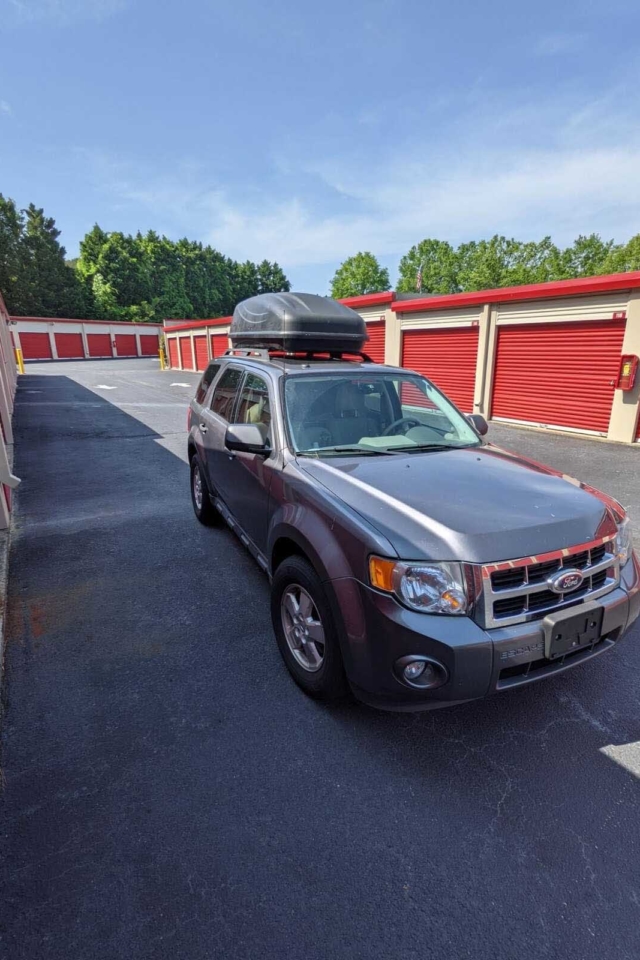
Regarding traveling across the country, I stuck with my 10+-year-old Ford Escape that I’ve had for over seven years. It’s nothing fancy (and it even has a few small dings and dents), but it runs well, even with over 100,000 miles now, has plenty of storage space, and is relatively good on gas for an SUV (averaging around 24 MPG highway with my car fully loaded with stuff).
For accommodations, I stayed in a combination of sublet apartments, Airbnbs, and rentals on FurnishedFinder (I also stayed a night or two in a hotel when traveling in between locations).
FurnishedFinder has been my favorite option. The site functions similarly to Airbnb — enabling you to search for furnished rentals in a given city — but it’s meant for stays of a month or more (some landlords even have minimum stays of 90 days).
Also, instead of booking through the website (like Airbnb), you’ll generally book directly with the landlord — and as such, cleaning fees are typically lower (and there are also no site fees as there are with Airbnb).
Accommodation Costs
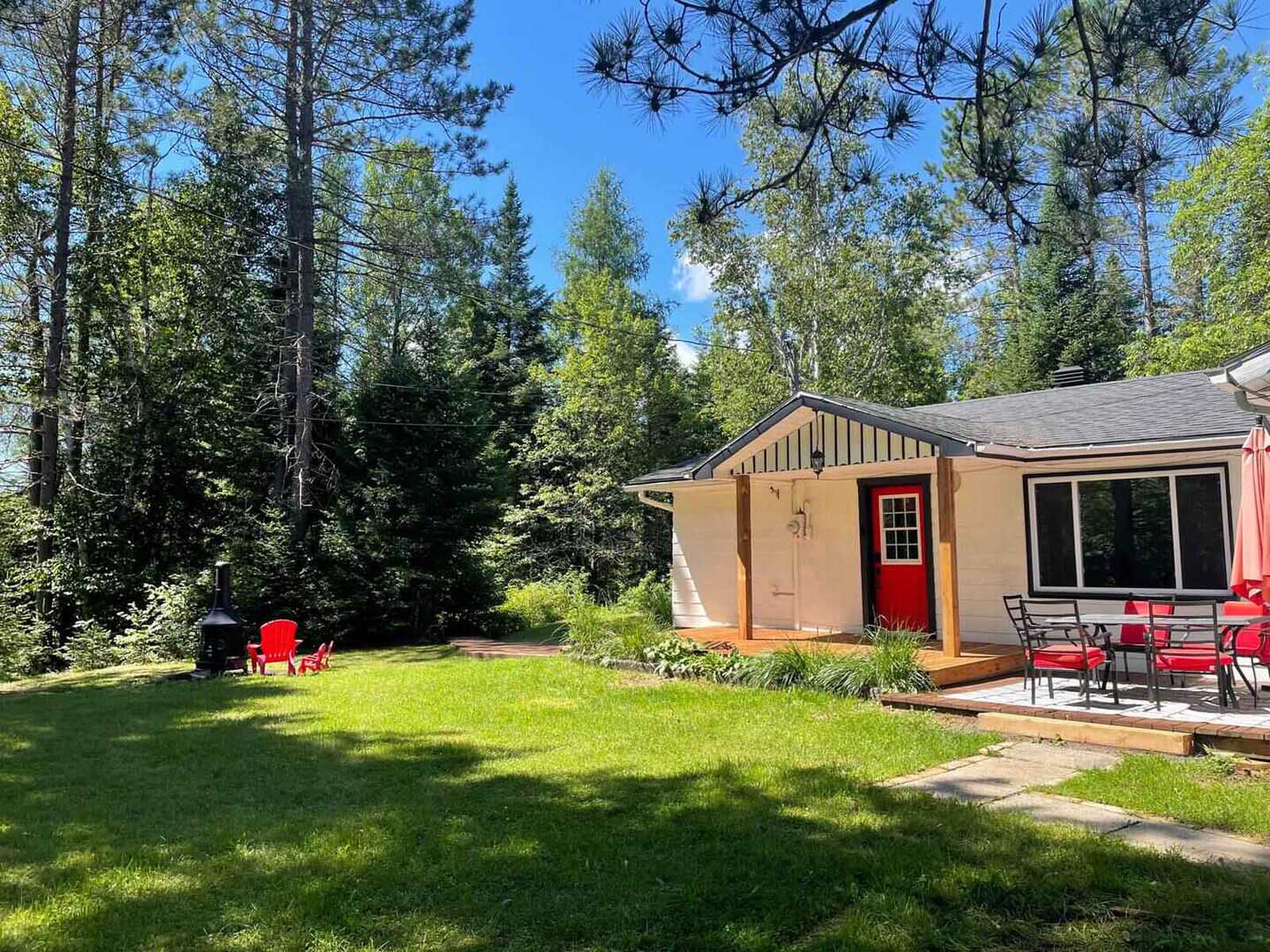
Here is a breakdown of my accommodation costs and where I found them.
Denver, Colorado – I used Craigslist to look for a sublet in Denver. The accommodation was a One-bedroom Studio Apartment for $2000 per month, including Utilities. I stayed for a total of five weeks and spent $2500.
I stayed a second time in Denver later. This time, I used FurnishedFinder to search for accommodations. I found a two-bedroom house and stayed for five weeks. The cost was $2,300.
Salt Lake City, Utah – I used Airbnb to search for accommodation in Salt Lake City. I stayed in several rentals during my one-month stay, most of which were one-bedroom apartments. Between the different apartment rentals, I spent $2,519.
Portland, Oregon – For my one-month stay in Portland, I used FurnishedFinder and rented a room in a three-bedroom townhouse with one other roommate. I spent $800 on accommodation, which was basic but very affordable.
Sacramento, California – I used Airbnb to find a studio apartment in Sacramento. For a one-month stay, it cost me $1,800. Read more: 25 of the Best Things to Do in Sacramento
Nashville, Tennessee – I used FurnishedFinder to book a two-bedroom townhouse for my first stay in Nashville. The cost was $2100 for a one-month stay. I loved Nashville so much, I went back again and this time I stayed for two months. Using FurnishedFinder, I found a two-bedroom townhouse for $2,000 per month. I only had access to one bedroom and paid a $150 pet deposit and $150 cleaning deposit.
Tampa, Florida – Moving on to Tampa, I used FurnishedFinder again to book a three-bedroom house for $2,100. I stayed here for two and a half months.
Zagreb, Croatia – Since many digital nomads work abroad, I just had to travel to Europe for at least a short stay. I continued my remote work in Zagreb, Croatia, where I found a two-bedroom apartment with an office that I split with a friend. I stayed for one month and it cost $1,866. Before leaving the country, make sure you have travel insurance. Read more: How We Choose Travel Insurance To Best Suit Our Needs.
Mont Tremblant, Quebec, Canada – Crossing the border, I went to Quebec, Canada, and found a two-bedroom house in Mont Tremblant using Airbnb. The stay lasted one month and cost me $1,880.
Note: When searching for apartment stays, make sure you find an apartment with a strong and fast Internet connection. This is one of the most important tools you will need when working abroad.
Monthly Expenses as a Digital Nomad
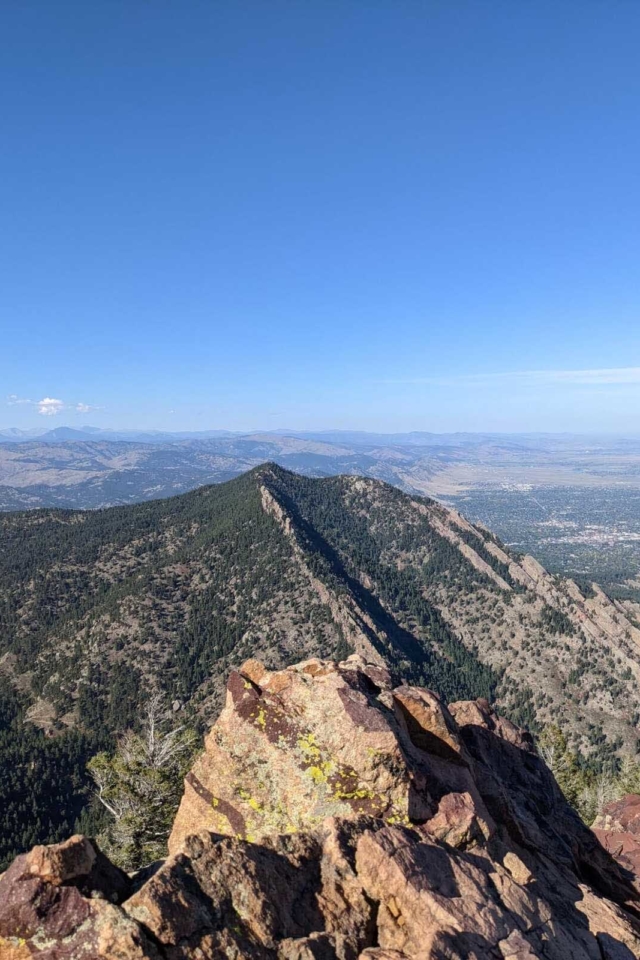
So, to break it all down, here are my average monthly expenses for the past two years as a digital nomad.
- Groceries $570
- accommodations $2,022
- Gas $423
- Food $388
- Total $3403
In two years, I have spent approximately 81,672 dollars. Just a little over $40k a year while experiencing travel and living a life of location independence.
Is Nomadic Life All It’s Cracked Up To Be?
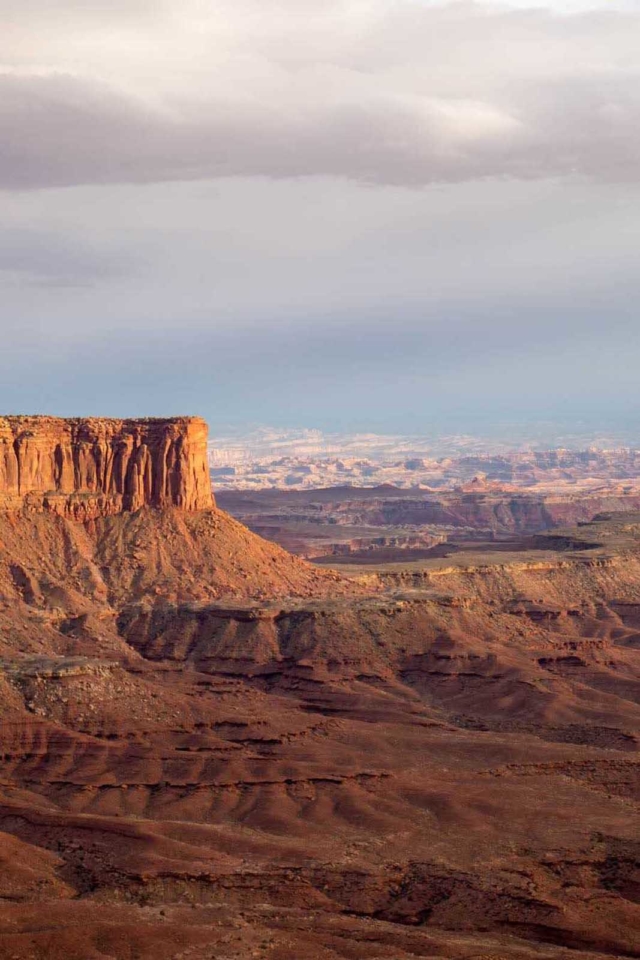
I’ve been living this digital nomad lifestyle for two years now. In roughly the past two years, I’ve stayed in at least 18 cities, 11 states, and seven countries and driven over 14,000 miles (between travel destinations). Most remote workers love this lifestyle, but is it really all that it is cracked up to be?
Don’t get me wrong, being able to see all of these amazing places has been surreal. I’ve had some unforgettable experiences. And to be honest, I’m still likely to continue living this way, just at a much slower pace (my next plan is to spend at least four to six months in a city before moving)
But the nomadic lifestyle isn’t always what it’s made out to be by most digital nomads, regardless of what Instagram may lead you to believe.
I’m fortunate that I’m in good health and have a well-paying, location-independent job that allows me to move from place to place whenever I want. Not everyone can do that. And by no means am I trying to discourage anyone that wants to live this way. Actually, quite the opposite. If you have the chance to do so, I say do it!
Before going into it, I do want you to understand the downfalls and challenges you may experience, as the location independence lifestyle isn’t for everyone. That said, here are a few drawbacks of this lifestyle that I’ve experienced.
The Digital Nomad Lifestyle is Taxing
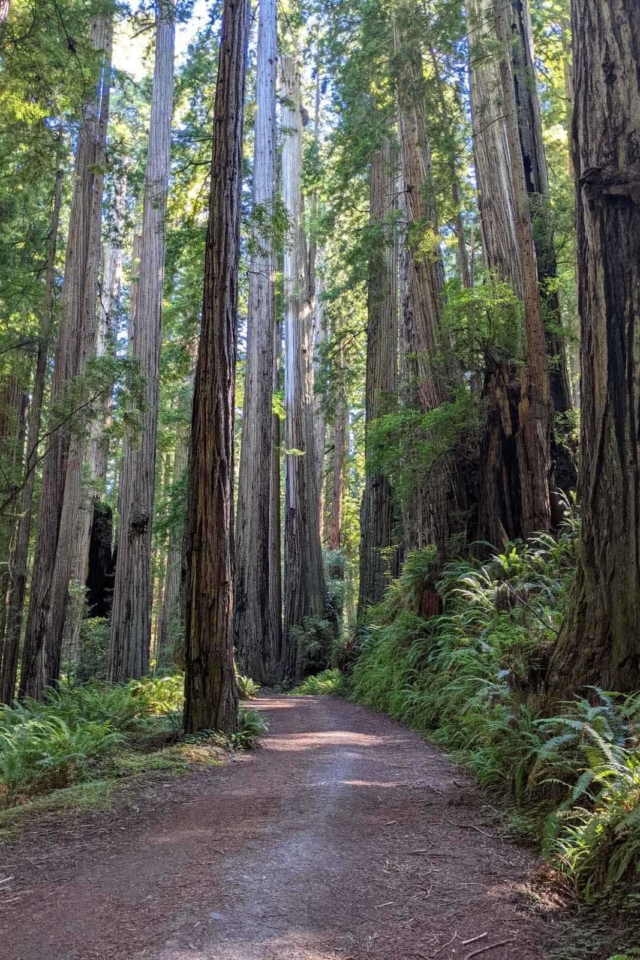
As amazing and exciting as traveling has been, it’s taken a toll after two years of bouncing from city to city every month or every few months.
The time spent constantly planning, researching, packing up, and packing out can be pretty time-consuming and taxing — and to be honest, I’m ready to settle down for a while, or at least be stationary for an extended period and more than just a month or two.
As I write this, I’ve been in Tucson, Arizona, for about a month, planning to stay here for at least four to six months.
A Digital Nomad Life is Time-Consuming
When it comes to traveling, I don’t consider myself an overly planned-out person. I don’t plan every last detail and I’ve never really made an extensive itinerary. But I do like to have some semblance of structure.
I like to know where I’m going, where I’ll stay, and a few things I’d like to do in the area I’m visiting — even if I can’t do it all. Much of this thought and research is required anyway.
For instance, if I wait until the very last second to book a monthly accommodation in a new city, I’ll be left with very few options to choose from (if any) and/or I’d have to pay a lot more than I would have if I had booked my accommodations earlier.
Since I use FurnishedFinder for most of my stays, more lead time and preparation is required (versus alternatives like Airbnb or booking a hotel). I like to message landlords about a month before my next stay, considering some places may get booked up or it might take a few days to hear back (with the chance that some places will never get back to me).
Planning Travel Alongside Remote Work
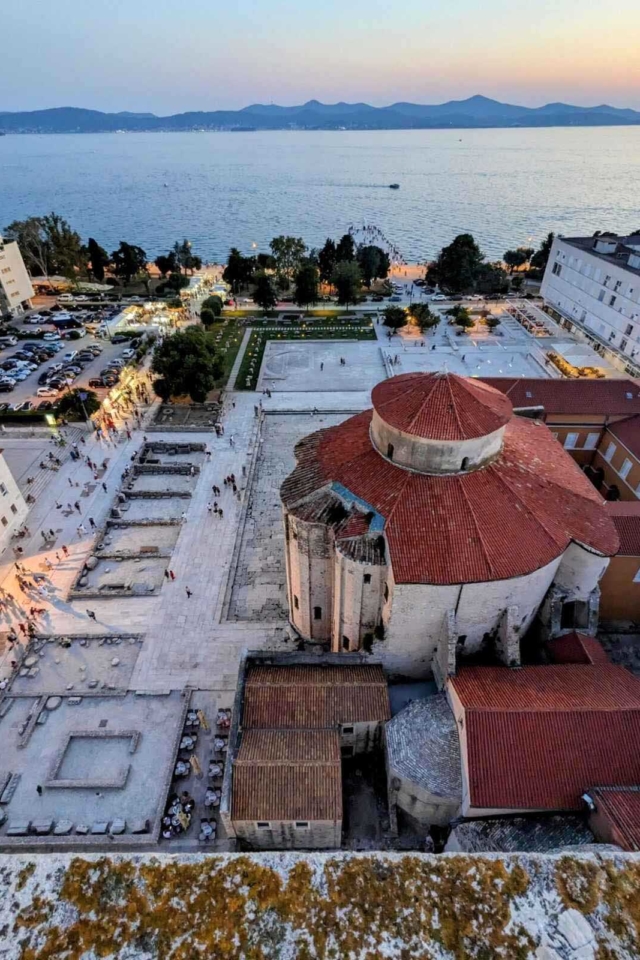
So planning is a must — especially when traveling with a large dog (in my experience, only about a third of available rentals allow pets). But, planning doesn’t just apply to accommodations.
One of the main advantages of this lifestyle is the ability to see and do new things that I otherwise wouldn’t have the chance to see or do if I was stationary. That said when I’m considering the next place I want to go, I like to have an idea of the places I might check out or some things I’d like to do in that area. For example:
- Visit national parks, state parks, national forests, etc.
- Check out interesting local bars or restaurants
- See local points of interest, monuments, historic sites, etc.
All of this takes time to research. The process usually looks like this:
- Search on Google or Tripadvisor
- Browse through countless travel blogs, guides, etc. that mention primarily the same attractions
- Feel overwhelmed by the results, see a lot of things I’m not interested in, and sometimes even miss out on things I would have liked to see but never discovered
Due to the challenges above, myself and another co-founder recently launched a web app, called Wandrly, that makes finding interesting things to do an easier, less time-consuming, and an overall more enjoyable experience. The app is live in the Nashville area, so if you live in the area or are planning a trip to the Music City, give it a try!
To sum up, constantly planning, researching, and choosing places to visit is super time-consuming. It takes away from other things I could be doing (e.g., Spending time with friends or family, exercising, practicing guitar, working on a side business, learning a new skill, etc.).
Time Flies as a Digital Nomad
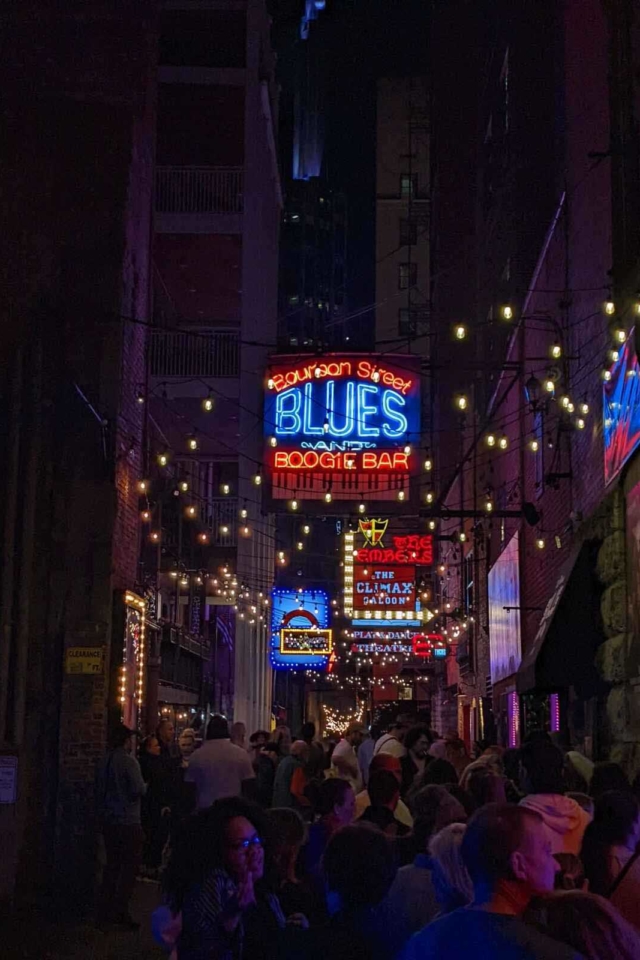
Maybe it’s just me getting older — and life seemingly moving faster and faster every year. But the constant shuffling around certainly plays a role. I find myself losing track of places I’ve been and when exactly I visited them. Many feel like they were just yesterday — and years ago at the same time.
Maybe I’m not saying anything new, and that’s just life. But it’s hard to keep track of all the places I’ve been. I find myself going “Oh yeah, I remember that place! I forgot about that” as I scroll through my pictures. And something about that doesn’t feel right.
Since I’m constantly on the move — forever researching and deciding on the next spot — it can be a challenge to fully embrace a new location (with the next place constantly on my mind).
While I certainly value the opportunity to visit all of these places, the experience can feel a bit short-lived after a while, which brings me to my next point …
The Digital Nomad Lifestyle is Fleeting
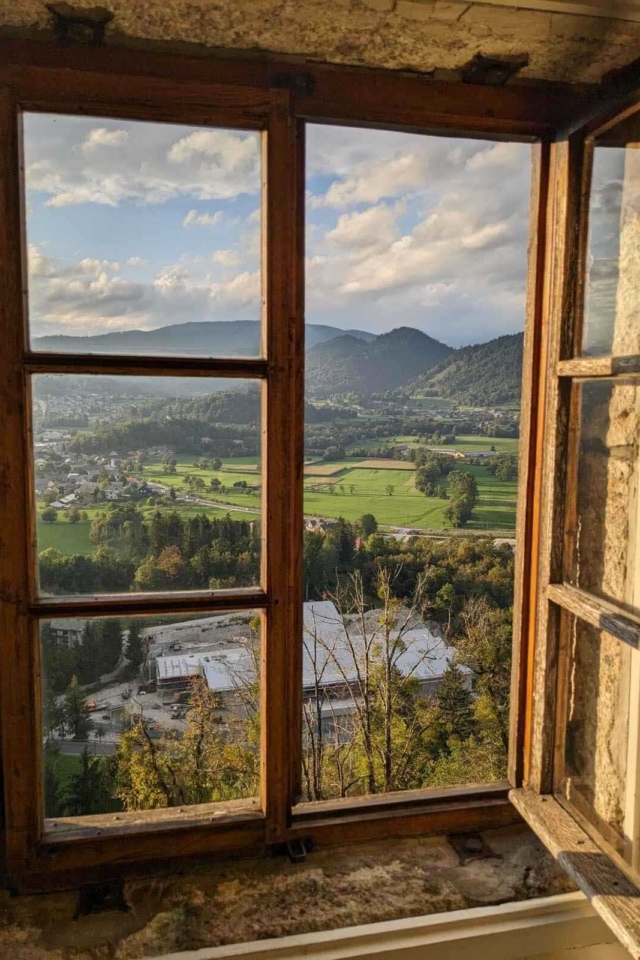
After seeing one amazing place after the next, week after week, month after month, for the past two years, I feel that the allure of seeing new places ALL THE TIME has started to wear off. It’s still there, but some places are just not as awe-inspiring or jaw-dropping as I feel they would be if I weren’t traveling all the time — and seeing new sights every week.
Maybe I’m just burnt out, which could be a lot of it. But this is a concern I’ve heard before — and it seems to happen around the same timeline for others as well (~1.5-2 years of traveling).
I believe slowing down the traveling will help restore the feeling of awe and allow me to appreciate more of what one single place has to offer.
Create a Digital Nomad Community
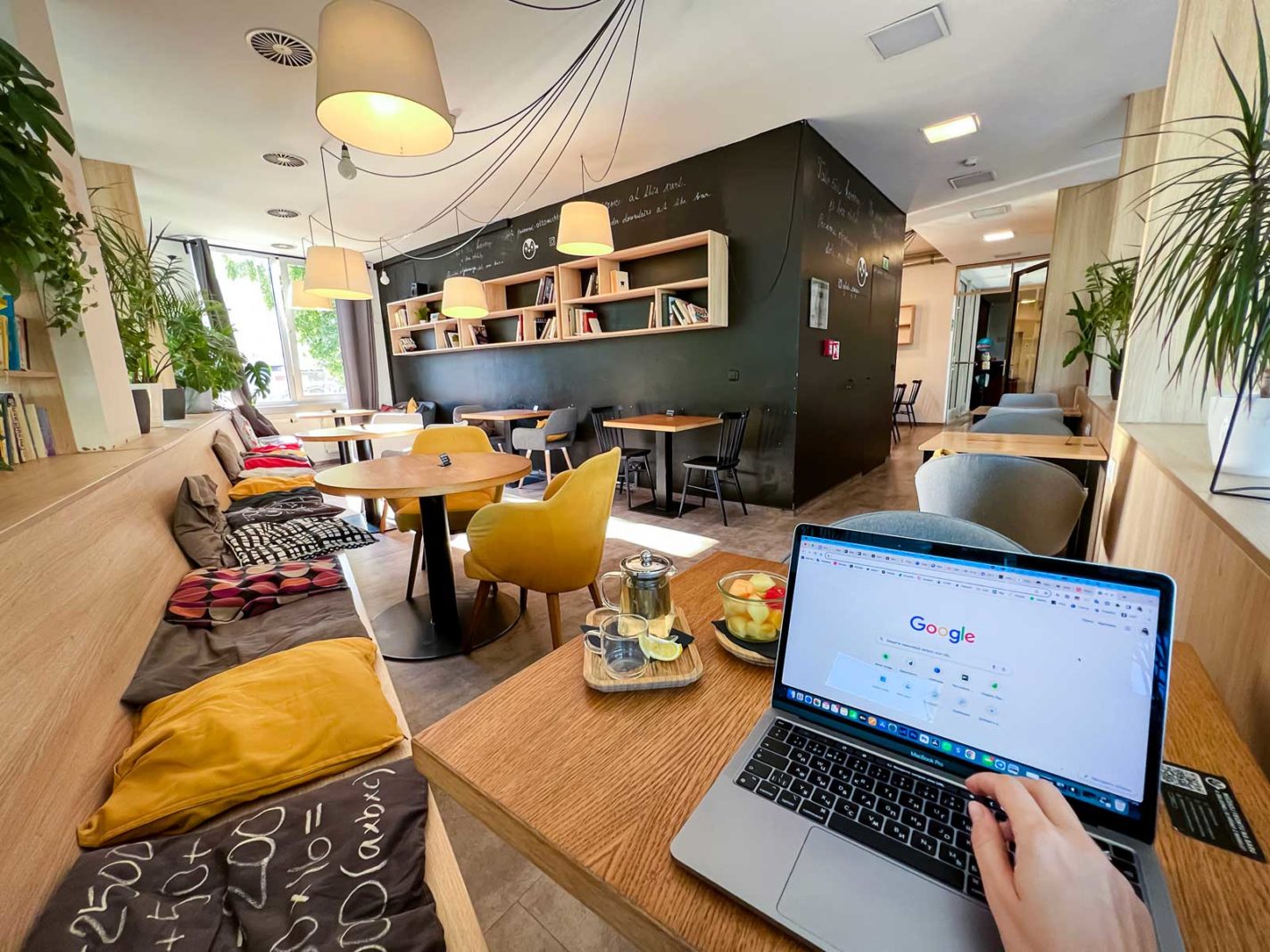
I make a solid effort to meet people wherever I go. I wouldn’t consider myself an overly social person — in fact, I’m generally pretty quiet — but I do like going out, hanging with friends, and meeting new people. I believe this is especially important if you travel alone for long periods.
The most successful way I’ve found to meet new friends is by using Bumble BFF (the version of Bumble for meeting friends). I’ve even met some of my closest friends today using this app while living in Raleigh. The app proved to be quite helpful during my travels as well. I met up with new people in almost every city I went to, and I have met a few friends in cities like Denver, Tampa, and Nashville that I still talk to today.
Still, that said, I wouldn’t say that any of those friendships are super close. Some people I still talk to but it’s nothing compared to friends that I met in Raleigh after living there for several years. And that’s just the reality of making close friends — it takes a long time to build a close friendship, which is impossible to do when you only live in a city for a few months or less.
All of this to say that while I haven’t exactly felt lonely during my travels — given I’ve met quite a few people along the way — it’s been hard to form close friendships and build a sense of “community”.
Note from Dave and Deb
However, you can create your own digital nomad community. Many of our closest friends have come from working remotely, seeing them at conferences, or traveling with them. We make time for frequent Zoom chats, and cherish being a part of digital nomad communities.
If you don’t yet have a community, you can still make friends with location-independent workers. you stay in one place long enough, you can work remotely by sharing co-working spaces where you will meet other digital nomads. Working online doesn’t have to be lonely.
Is Being a Digital Nomad Worth It?
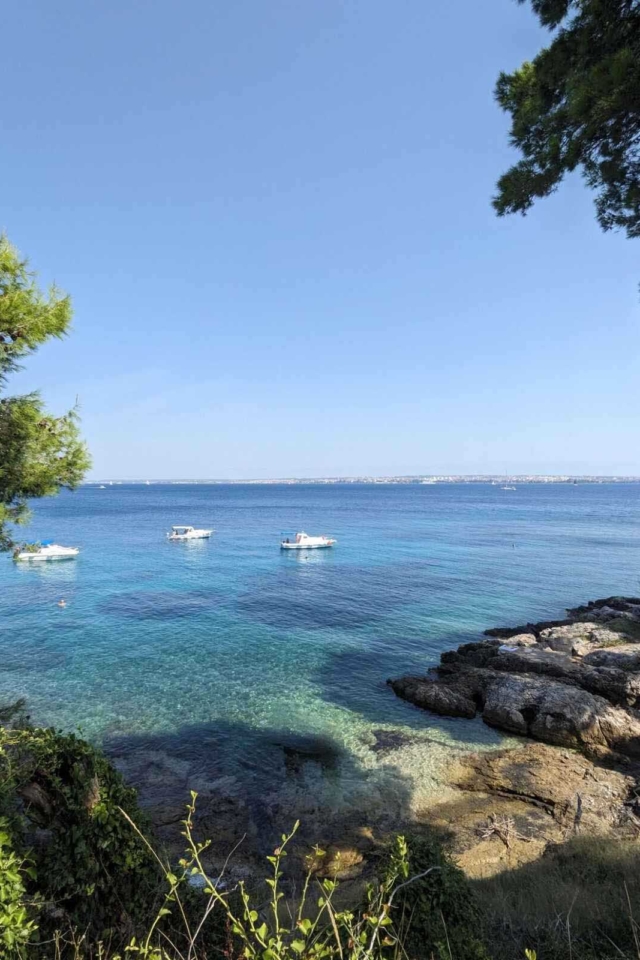
So you may be asking, is being a digital nomad worth it? One hundred percent: Yes! It’s not a hard question for me to answer.
With all the challenges — selling all my stuff, coordinating places to stay, the logistics of travel, researching new sights and new cities — and even the drawbacks — the taxing nature of the nomadic lifestyle, the solidarity, the costs, and the life blur — it was all completely worth it. I would do it again in a heartbeat, and I plan to keep doing it (albeit at a much slower pace).
If you’re considering this lifestyle as you read this blog post, I say do it! Even if you don’t do it forever. You won’t regret it; if you can, take it while you can. You never know what might happen, and the experience is surely amazing.
Plus, it offers freedom that having a house or being in a long-term lease doesn’t provide. I have no furniture, no house locking me down, and no lease I’m stuck in. I can go where I want, when I want, which is incredibly freeing.
Before I conclude and get to the good part (pictures of my journey!), I just want to leave you with a few tips — should you consider this nomadic lifestyle.
Tips for Aspiring Digital Nomads – Lessons Learned
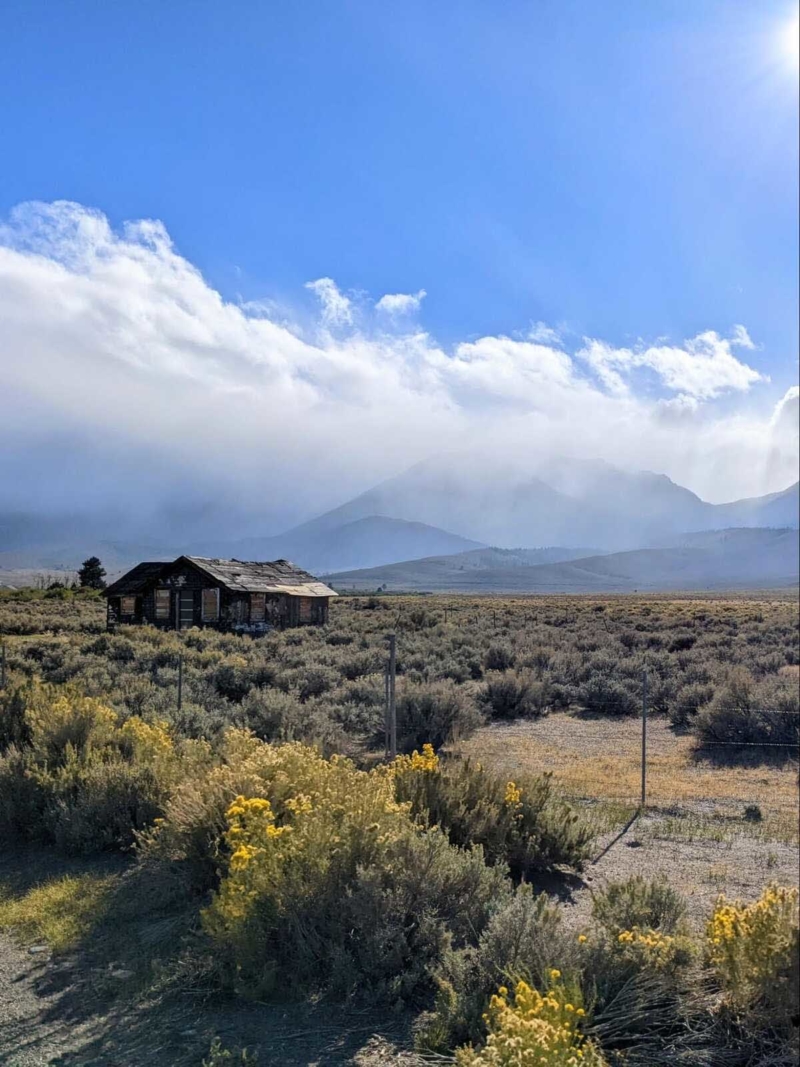
Below, I’ve added a few suggestions from my experience to help make your journey more enjoyable as a digital nomad.
Slow it down
Bouncing around from place to place, month after month, gets old fast — and becomes incredibly taxing. Keep this to a minimum and prioritize “slow travel.” I’d recommend at least three to six months in a place, especially if the places you’re traveling to are far apart.
Find alternative accommodations
Maybe the van or RV life will be right for you. For me, these felt too cramped for long-term travel, especially with a large dog. If those options aren’t right for you, I would look to sublets (you can sometimes find these on Craigslist) or use FurnishedFinder. Airbnbs have become quite expensive (especially considering cleaning and Airbnb fees). FurnishedFinder has proved to be a more affordable and better value option for one month or more stays.
Use technology to make friends.
Traveling can be lonely, especially if you’re single and traveling alone. Don’t suffer in solitude and instead work at making connections. Meeting friends as an adult is tricky and even harder when traveling. But I’ve found Bumble BFF the best way to meet friends quickly. It may seem odd at first to meet friends through an app, but with some time (like dating, it can take meeting a few people before you meet someone you get along with), it can be a great way to make new friends. Meetup.com can be another option (though I’ve had more limited success with this site, your results may vary).
It’s important to start networking and to find like minded people that you can talk to. Running a business online can be lonely so creating a network is important.
Travel light
When traveling in your car, you need to prioritize space. As a musician, this was tough for me. I ended up bringing several guitars — as well as a bunch of recording gear. But as much as you can get away with it, bring only what you need. This will make packing in and packing out when you move between places easier, less time-consuming, and overall, a less stressful experience.
Items to make travel easier for Your Digital Nomad Adventure
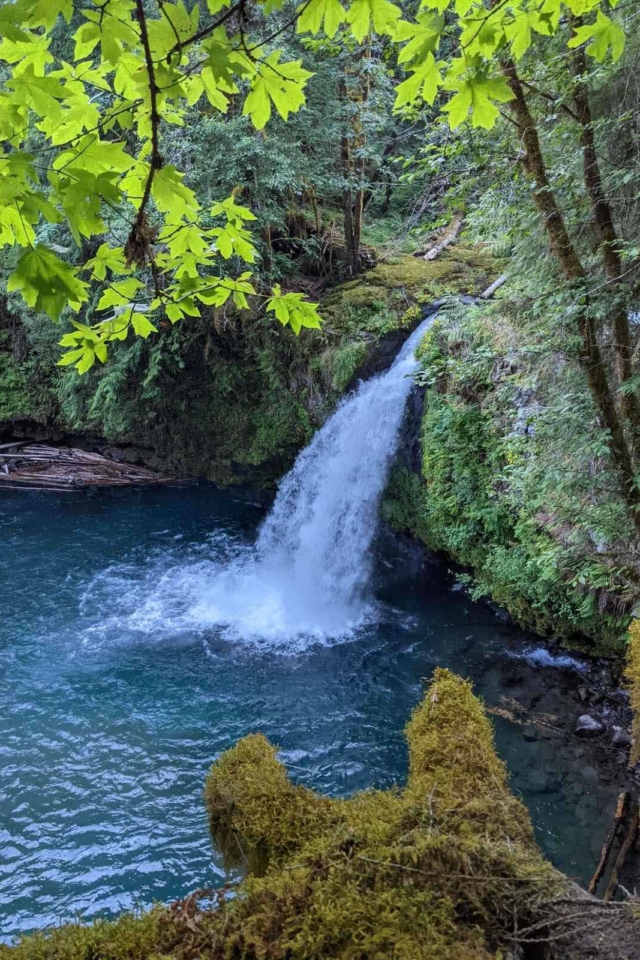
Below is a list of items I started with or accumulated over the past two years of travel that made this lifestyle easier and/or more enjoyable:
Rooftop cargo carrier. As I mentioned above, I traveled around in my SUV. Even so, I still needed more room (scaling down is hard ?). Having this cargo carrier gave me the extra space I needed. I stored camping gear up there, as well as dog food and some other items I didn’t need to access frequently.
Handheld, portable vacuum. When you’re essentially living out of your car, traveling place-to-place, dirt, grim, and other debris add up quickly. Especially with a dog that sheds like crazy. I’d recommend picking up a portable vacuum to have handy in your car.
Water purifier. Having a water purifier helps save on the cost of bottled water and it’s convenient to have, especially if you’re not sure of the tap water quality at the place you’re staying. It’s also convenient if you plan to do any camping (doubles as water storage).
Blackout curtains. If you’re like me, and you’re not an early morning person, you’ll want a set of blackout curtains. Surprisingly, in my experience, a lot of rentals don’t have these. So having a backup set, just in case, will help you get the beauty rest you need.
Organized storage. I found it helpful to keep certain items packed in their own luggage or bin when traveling between places. For instance, I had a duffel bag for all of my bathroom items, two pieces of luggage for clothes, and a plastic bin for extra food, etc. This helps stay organized and makes packing in and packing out easier.
Blanket and pillow. Every rental should have these items but you’ll never be sure of the quality (e.g., a pillow might be cheap and not supportive enough). I found that having my own pillow and an extra blanket was helpful to get a consistent night’s rest wherever I go. Plus, then I already had these items on hand if I wanted to go camping for a few days.
Lint roller and pet hair scraper. As a Husky owner, these items are vital for cleaning up a place before moving onto the next one — and not getting charged an excessive cleaning fee.
Virtual Private Network – Digital nomads often rely on public Wi-Fi networks in cafes, libraries, and airports, which can be insecure and vulnerable to hackers. A VPN encrypts internet traffic, making it difficult for hackers to intercept and steal personal information such as passwords and banking details.
Credit Card with no foreign transaction fees – While Cody spent most of his time in the USA, many digital nomads run their location independent business from abroad, a good credit card for travel is important.
Digital Nomad Jobs
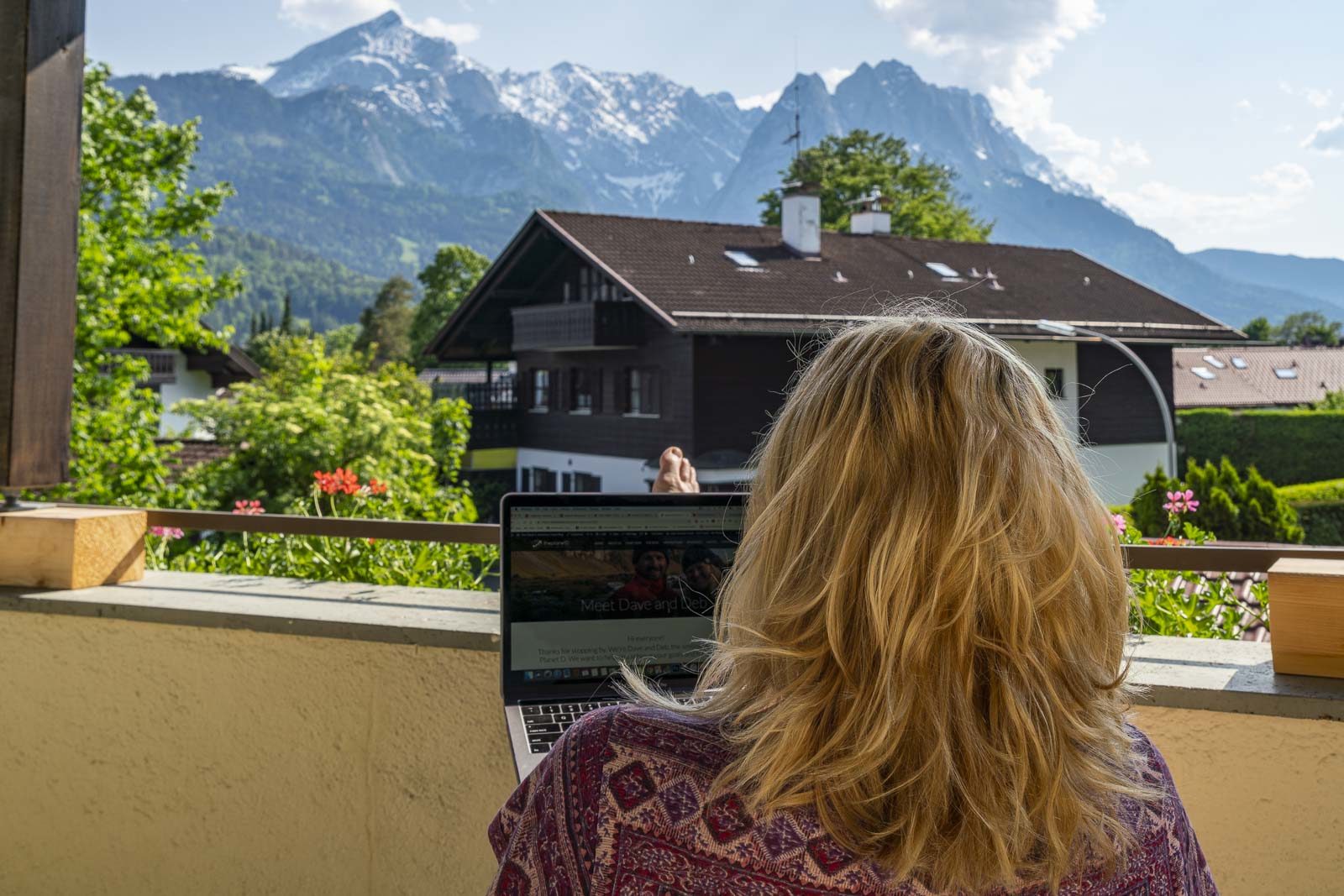
Cody didn’t share how he made money while traveling, but there are countless ways to find remote work. Most digital nomads look as if they are influencers or bloggers, but in truth, there are countless digital nomad jobs to help you find remote work. To get ideas for remote work, read Best Travel Jobs to Spark New Ideas for Your Future Career. But, in case you don’t want to leave this page right now, here are a few ideas to help spark your imagination for becoming a digital nomad.
- Travel Blogging, Social Media Manager, Virtual Assistant
- Teach English Online
- Youtuber, Video Editor, Social Video Editor
- Graphic Designer and Website Management
- Freelance Writer
- Podcaster
- Website Technical Support
- Travel Photographer
- Read more: Best Travel Jobs
Dave and I love having the freedom to travel to different locations whenever we want. We were digital nomads for seven years, and even now that we have a home again, we still work remotely and are in charge of our work schedule. If you can or have ever wanted to, choosing a remote job is one of the most fulfilling things you can ever do.
Is the Digital Nomad Lifestyle Right For You?
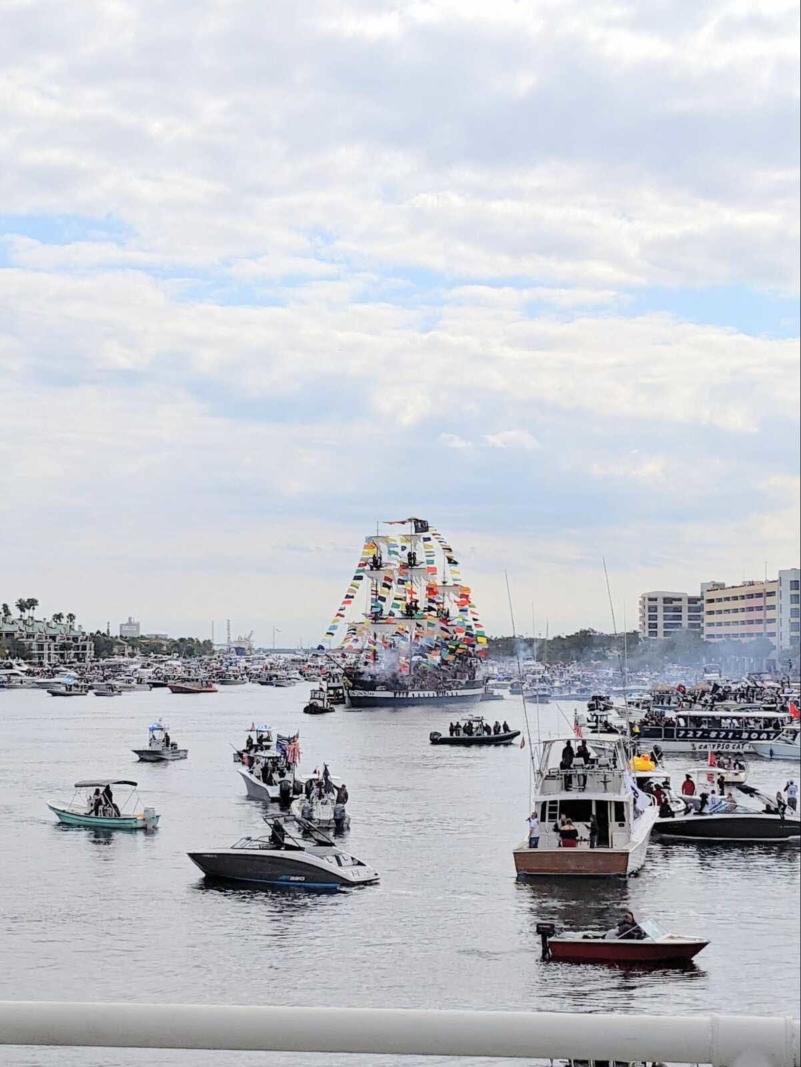
Phew! We finally made it. I know this was a long post, but I wanted to detail my journey as thoroughly as possible in case you’re reading this and considering doing something similar.
I hope this account of my travels and tips along the way help you decide if this lifestyle is right for you — and if it is, that the content in this guide helps better prepare you for what to expect. That said, if you have any questions about being a digital nomad or my journey in general, feel free to reach out!
The past two years have been an incredible adventure — and even with the challenges that digital nomad life presents — they’ve been completely worth it. If you consider becoming a digital nomad or traveling as a lifestyle, I say do it! You won’t regret it.
Read Next:
You must develop many skills to succeed in the digital nomad life. We have many resources to help you fulfilled your dreams. Follow the links below to learn about online marketing, find job boards, and take online courses to develop marketing skills and to see how you can make enough money to balance work, travel, and enjoy a life of digital nomadism.
- How to Travel the World – The Ultimate Travel Resource
- Our best travel tips from years on the road
- How to Start a Travel Blog in 11 Easy Steps
- How to Be a Professional Travel Blogger – 12 Steps to Financial Freedom
- Discover Your Passion – How to Find Your Path to Success
- Travel Resources
- How to Make Money Blogging
- 7 Common Travel Mistakes First Time Travelers Make


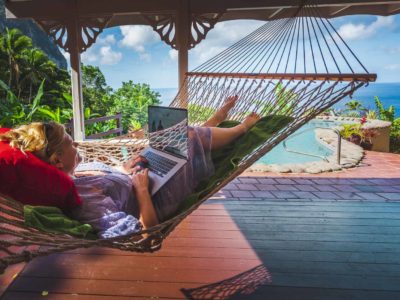

One thing I would add is that it’s important to find a balance that works for you. The author traveled for two years straight, which sounds exhausting to me! I think it would be more sustainable to travel for a few months at a time, then take a break to settle down in one place for a while.